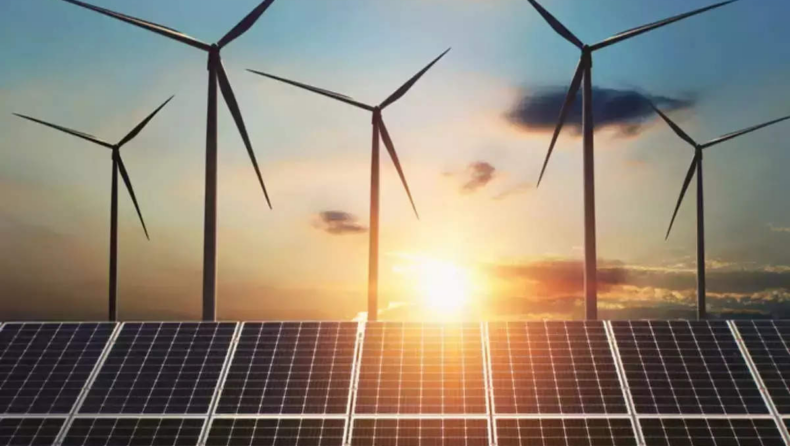Table of Contents
According to the US Energy Information Administration, coal will be surpassed by renewable energy for the first time in the country’s electricity production in 2022.
The expansion of renewable energy was significantly fuelled by progress in wind and solar, which in 2022 accounted for 14% of the nation’s domestic electricity production. Stephen Porder, an ecology professor and assistant provost for sustainability at Brown University, said: “I’m happy to see we’ve crossed that boundary, but that is only a step in what has to be a quick and much cheaper journey.”
Texas generated 16% of the nation’s utility-scale solar electricity, California produced 26% and North Carolina produced 8%. Texas, which accounted for 26% of all wind generation in the US was preceded by Iowa (10%) and Oklahoma (9%).

According to Gregory Wetstone, president and chief executive officer of the American Council on Renewable Energy, “economics is largely what is driving this booming growth.
The net energy cost of solar power has decreased by an even more impressive 90% over the past ten years, while the net energy cost of wind energy has decreased by 70%.
US renewable energy resources
Modern society depends on energy, but the majority of its primary sources are not sustainable. The current fuel mix has a number of negative effects on the environment, including acid rain, freshwater use, toxic air pollution, and radioactive waste.
By adding to a distributed and diversified energy infrastructure, renewable energy has the ability to meet demand with a much smaller environmental impact and can help to resolve other urgent issues, such as energy security.

Fossil fuels account for about 79% of the nation’s energy, nuclear energy for 8.4%, and renewable energy for 12.5%. In terms of the quantity of energy supplied to the United States in 2019, renewables overtook coal, and this trend persisted in 2021. The rapidly growing renewable energy sources, wind and solar, only make up 5% of the US energy resources.
The Energy Information Administration predicted that between 2022 and 2024, solar energy would grow from 4% to 5% while wind energy’s share of the US electricity generation mix would rise from 11% to 12%. Between 2022 and 2024, the natural gas contribution is anticipated to remain at 39%, while coal is anticipated to drop from 20% to 17%.
Challenges in the implementation
According to Porter of Brown University, solar and wind are going to be the pillars of the growth in renewables, but they are providing 100% of electricity to the US without backup is something engineers are debating.
Because existing energy grids were created to supply power from a consistent source, this poses difficulties for engineers and decision-makers, according to Porter. Renewable energy sources produce power sporadically, solar and wind. Therefore, he said, there will be a need for battery storage, long-distance transmission, and other measures to aid in overcoming these difficulties.

United States is still largely dependent on burning fossil fuels, according to the EIA report. Coal-fired generation of the electric sector from 23% in 2021, came down to 20% in 2022. Whereas, the natural gas generation of the nation’s electricity from 37% in 2021 came up to 39% in 2022.
Because it has been largely replacing coal-fired power plants, natural gas has been a major driver for lowering greenhouse gas emissions from electricity, according to Melissa Lott, director of research for the Center on Global Energy Policy at Columbia University.
According to Lott, the Inflation Reduction Act (IRA) had a “tremendous” impact on the number of renewable energy projects and is anticipated to have a similar effect on the acceleration of clean energy projects.













